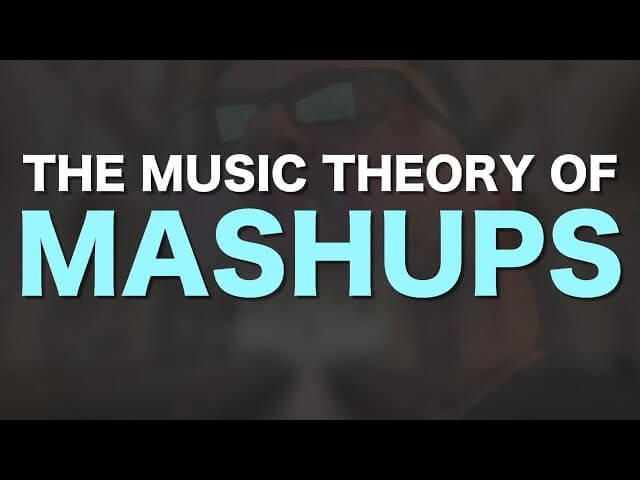
It seems like magic at first: Someone layers the vocals from Smash Mouth’s “All Star” over the piano part from Journey’s “Don’t Stop Believin’,” and it fits perfectly. A miracle? Hardly. In a new video called “The Music Theory Of Mashups,” musician and YouTuber Adam Neely explains what’s happening. Once they’re transposed to the same key, lots of songs can be spliced this way. A lot of it has to do with finding identical or at least complementary chord progressions. The Axis Of Awesome, an Australian musical comedy act, has already gotten plenty of mileage out of this concept. The true key to mashups, Neely says, is the “amazing flexibility” of the diatonic (major) scale, plus the prevalence of four-bar phrase lengths and cyclic chords in popular music. “As long as two songs have tempos that are reconcilable,” Neely argues, “there’s a high probability that they will work together.”
But mashup culture, which relies on taking seemingly disparate things and sewing them together, is a product of the irony-drenched internet age, right? Wrong, says Neely. He traces the lineage back to the 16th century, when naughty composers were weaving popular melodies into the traditional Catholic mass, literally combining the sacred and the profane. This kind of musical combination is called a “quodlibet,” a Latin term meaning “what pleases.” The irreverent practice then spread to 18th century Germany, where it was taken up by Johann Sebastian Bach, whose Goldberg Variations ends with a quodlibet. The joke is sort of lost in 2016, but Neely insists it’s there.
These combinations don’t have to be comedic either. Neely cites Nina Simone’s poignant version of “Little Girl Blue,” in which she sings the melody over the piano part from “Good King Wenceslas.” And quoting other melodies has long been a favorite practice among jazz musicians. “It’s kind of a point of pride to see how many kinds of melodies you can weave within one solo.”